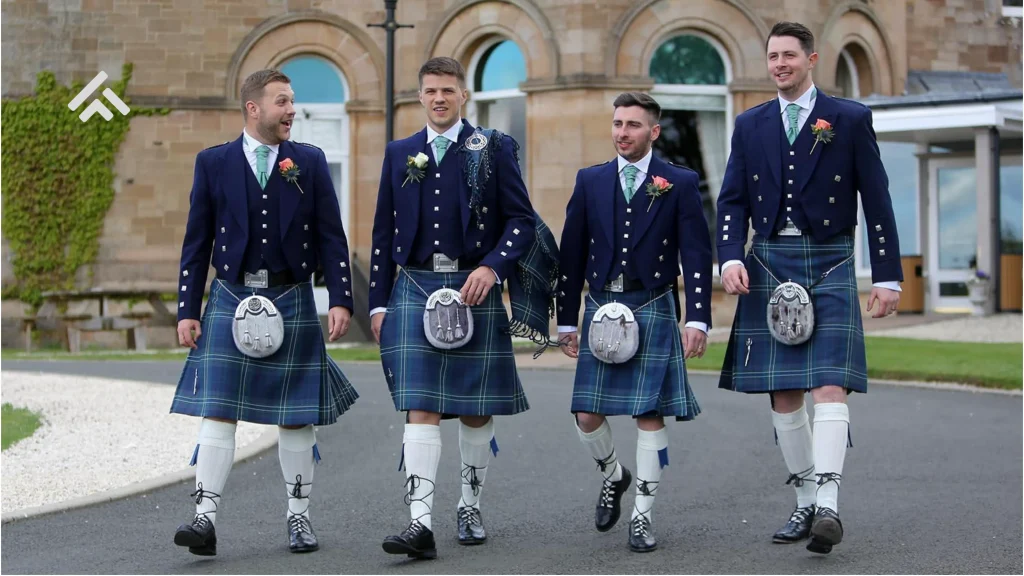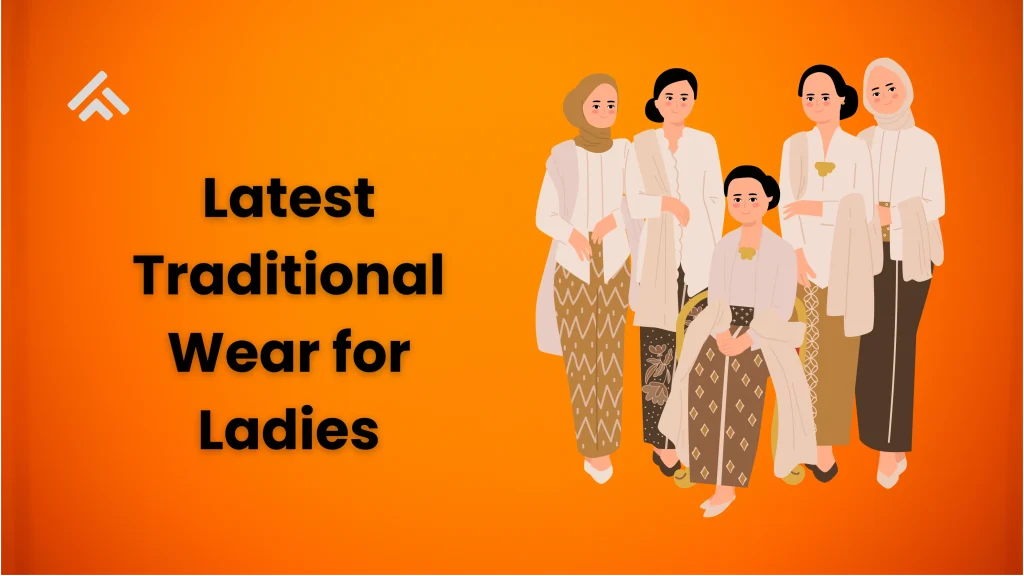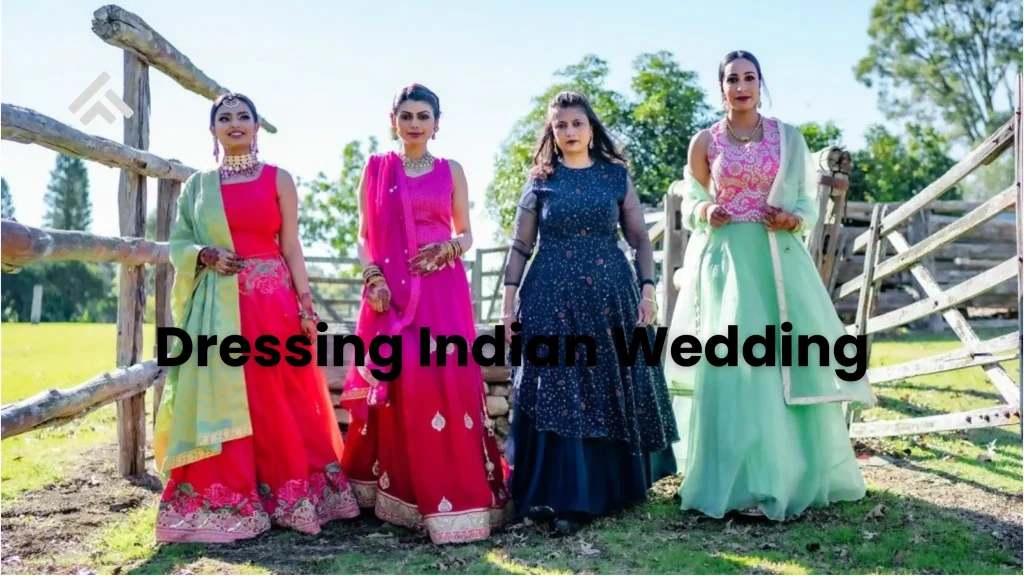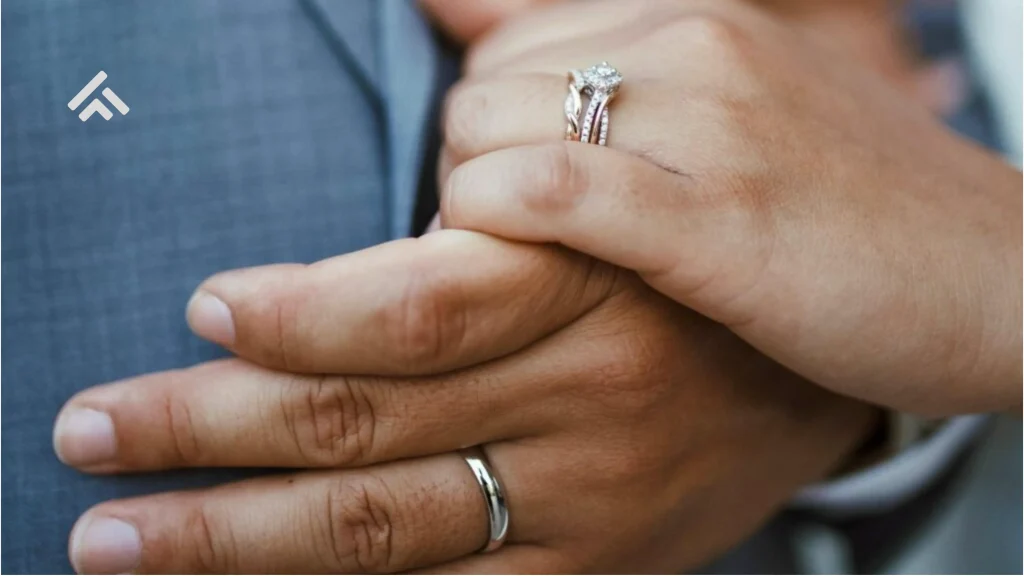Traditional Irish wear refers to the clothing people in Ireland used to wear long ago. It includes items like the léine (a long shirt), wool cloaks, and special dresses. These clothes were often made from wool or linen. Men wore cloaks and trousers, while women wore long dresses and shawls. Each piece had a purpose, and styles could vary from one area to another.
Traditional Irish wear is part of Irish culture and history. It reminds people of their roots and identity. Even today, these clothes are worn during festivals, weddings, and dance shows. They help keep traditions alive and pass them to the next generation. Wearing traditional Irish clothing also shows pride in Irish heritage.
Table of Contents
Common Elements of Traditional Irish Dress
Léine – The Base Garment
The léine was a long, loose shirt worn by both men and women. It was made from linen and reached the knees or lower. It was often worn alone or layered under other garments.
Brat – The Wool Cloak
The brat was a thick wool cloak worn over the léine. It was pinned at the shoulder with a brooch and provided warmth and protection from the rain. It was common for both men and women.
Trews and Overdresses
Men often wore tight-fitting trousers called trews. Women wore overdresses or gowns over their léine. These dresses were simple but practical and added modesty and warmth. Irish culture also values the traditional way to wear wedding rings, such as Claddagh rings.
Shawls, Head Coverings, and Footwear
Women wore shawls and covered their heads with scarves or wimples. Shoes were basic, made of leather, and known as pampooties. These elements added both function and modesty to the outfit.
Fabrics and Materials Used
Wool
Wool was widely used in traditional Irish clothing. It was warm, easy to find, and perfect for Ireland’s cold and rainy weather. People spun wool from sheep and wove it into thick cloth for cloaks, dresses, and shawls. It kept people dry and warm throughout the year.
Linen
Linen came from the flax plant and was used to make léines, the long shirts worn by both men and women. Linen was lighter than wool and good for wearing under heavy clothes. It was cool in warmer months and easy to wash.
Natural Dyes for Color
People used natural plants and berries to dye their clothes. Greens, browns, and yellows were common. These dyes gave Irish clothing a natural and earthy look. Bright colors were harder to make, so they were usually worn by people with higher status.
Leather and Metal for Accessories
Leather was used for shoes, belts, and straps. Simple shoes like pampooties were made from one piece of leather. Metal, like bronze or iron, was used for brooches and pins to fasten cloaks. These accessories added both function and beauty.
Men’s Traditional Irish Wear
The Léine – Basic Long Shirt
The léine was a long, loose-fitting shirt made from linen. It reached the knees or even ankles and had wide sleeves. Men wore it alone in warmer seasons or layered it under a cloak. Sometimes, the léine was dyed yellow using saffron, which showed status and wealth. It was worn daily and during special gatherings, making it a key part of Irish identity.
Trews – Wool Trousers
Trews were tight-fitting trousers usually made of wool. In early times, they were worn mainly in colder regions or by warriors for better movement. While not every man wore them daily, they became more common over time. Trews were practical and helped protect legs from wind and rough terrain.
The Brat – Wool Cloak
The brat was a large woolen cloak that men draped over their shoulders. It was thick and durable, perfect for Ireland’s cold and wet climate. The cloak was fastened with a decorated brooch, often made of metal or bone. Wealthier men had more colorful brats or ones made from finer wool. The brat showed both usefulness and pride.
Footwear and Accessories
Men wore leather shoes called pampooties, made from a single piece of animal hide. These shoes were basic but suited for walking on rough ground. A belt was worn to tie the léine at the waist and sometimes held small pouches or tools. Metal brooches, often circular, were used to fasten cloaks and show rank or family heritage.
Women’s Traditional Irish Wear
The Léine – A Linen Base Layer
Women also wore a léine, similar to men, but often longer and more finely made. It was usually ankle-length and made from soft linen. The léine had wide sleeves and was worn under other garments. It was comfortable, breathable, and often dyed in light, natural shades. For special occasions, women sometimes embroidered their léines with simple patterns.
Overdress or Gown
Over the léine, women wore a gown or overdress, made of wool or thicker fabric. It was sleeveless or had short sleeves and was laced or fastened at the front or sides. This outer layer added warmth and modesty. The style and quality of the gown often reflected a woman’s family status.
Shawls and Head Coverings
Women wore shawls around their shoulders and headscarves or wimples to cover their heads. Covering the head was a sign of respect and modesty, especially for married women. Shawls were made of wool and helped protect against cold weather. These items were also used during religious events and special ceremonies.
Footwear and Accessories
Like men, women wore pampooties or leather shoes. They used belts to shape their gowns and carried small pouches tied at the waist. Brooches and pins were used to secure clothing. Simple jewelry like beads or metal ornaments was worn, often passed down through families as symbols of heritage.
Traditional Irish Clothing for Ceremonies and Festivals
Wedding Attire
During weddings, traditional Irish clothing was more detailed and decorative. Brides often wore long wool or linen dresses in soft colors like blue or cream, symbolizing purity and peace. Some wore flower crowns or veils. Grooms dressed in clean léines with fine cloaks and sometimes added sashes or belts in family colors. Jewelry such as Celtic knots or brooches was worn to show love and unity.
Dance and Music Events
For Irish dancing or music festivals, people wore clothes that allowed easy movement but still reflected tradition. Girls wore colorful embroidered dresses with Celtic patterns, paired with soft shoes for dancing. Boys wore fitted shirts, trousers, and waistcoats. These outfits were often passed down or handmade, showing family pride and skill.
Religious and Seasonal Celebrations
On holy days or seasonal festivals like Samhain or Imbolc, people wore their best traditional clothing. Outfits were clean, layered, and included cloaks or shawls for warmth. Head coverings were common, especially during church events. Bright touches or symbolic items like crosses or protective pins were added for blessings and good fortune.
Conclusion
Traditional Irish wear shows the history and culture of Ireland. It includes simple but meaningful clothes like the léine, cloaks, shawls, and handmade shoes. Each piece had a purpose and was made from natural materials like wool and linen. People wore these clothes every day and during special events.
Even today, these outfits are used in festivals, dances, and weddings. They help keep Irish traditions alive. Wearing traditional Irish clothing is a way to remember the past and show pride in heritage. It connects modern people with their roots in a strong and simple way.



